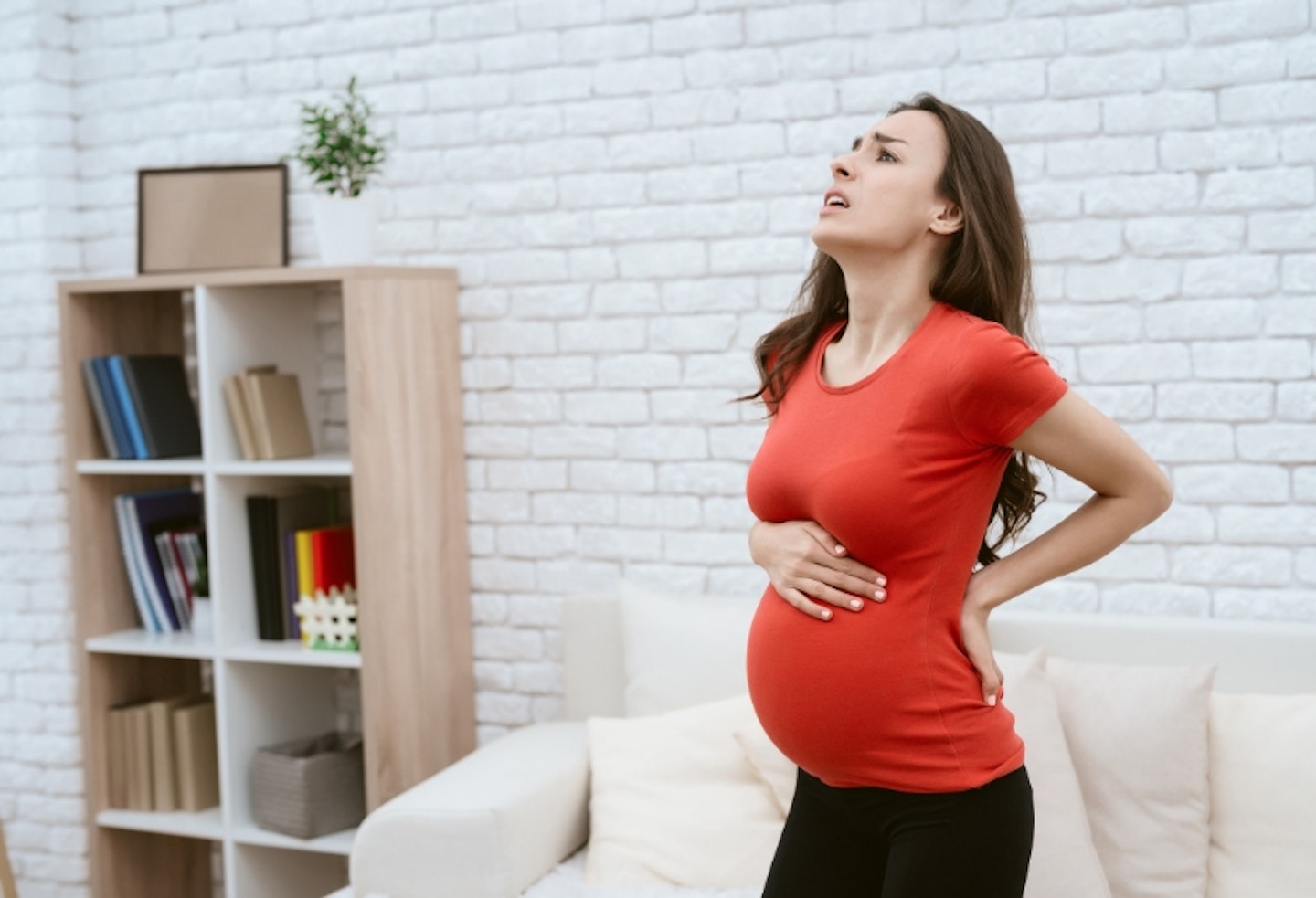At thirty-nine weeks pregnant, this may well be your last week of pregnancy, which means your baby is ready to join you in the world.
And, at 39 weeks pregnant, you may experience a variety of physical and emotional sensations as your body prepares for labor and the arrival of your baby.
Remember, every pregnancy is unique, and your experience may differ from others. Trust your body and stay in close communication with your healthcare provider if you have any concerns or questions.
Find out what’s happening to you and your baby and any symptoms you might experience at 39 weeks pregnant.
How big is my baby at 39 weeks?
Your baby is the size of a small pumpkin and is now officially full-term. Your baby will now weigh between seven and eight pounds and measure between 19 and 21 inches from top to toe. They won’t grow much more now, but their brain is still growing at a rapid pace that will continue for the first three years of their life.
What’s my baby doing at 39 weeks?
This might be your final week of pregnancy, but babies usually go past their due date (only 4% are born on time!), so don’t expect a prompt arrival, especially if this is your first child. You won’t be allowed to go past 10 to 14 days overdue – you’ll be offered an induction.
Once your baby is born, you might be dreading the crying in the middle of the night: but have a look at your baby’s face when they let out that first beautiful sob. Because your baby’s tear ducts won’t be quite ready to work for about a month after the first, those first few weeks of midnight wailing won’t be accompanied by any tiny tears.
Your baby is also perfectly squeezable in preparation for lots of cuddles. A thick fat layer has been deposited over their blood vessels, making their body extra huggable! This fat layer will also help to control their body temperature after birth.
What is my body doing at 39 weeks?
Your body will be going through plenty of changes to prepare for labour, but here are some of the signs that you’re going through real labour and not Braxton Hicks.
The differences between labour and Braxton-Hicks:

1) Strong, regular contractions
Although Braxton-Hicks feel like contractions, labour contractions are strong, regular contractions that last more than 30 seconds and increase in frequency (when they last 30-60 seconds and are every five minutes, call your midwife, doctor or hospital). Established labour is when your cervix is dilated by more than three centimetres.
2) The ‘bloody show’
The bloody show consists of jelly-esque, pinky-looking mucus discharge which comes away either fully or gradually. The bloody show means that your body is preparing itself for labor. During the last few weeks of pregnancy, the cervix softens or often causing the tiny capillaries around the area to break, leading to some bloody discharge. However, not all women experience this.
3) Your waters break
This is a pretty obvious sign of labour and clear difference to Braxton-Hicks. One of the best-known signals that labour is near, your water breaks when the amniotic sac breaks and fluid gushes out. Unlike the movies, most women are already in labour and in the hospital when their water breaks. This is a pale straw colour and might have some blood in it. However, if it’s smelly, coloured or you’re losing too much blood then phone the hospital immediately. If your waters break early or before contractions start, then you should also phone your midwife, doctor or hospital immediately.
4) Backache
An ache in your lower back can mean your baby is rotating into the right position for labour. "This can take a few days and may be painful too," says antenatal teacher Philippa Bennett. "It could also be the start of your contractions – some women experience them more in their back than their stomach."
5) Diarrhoea
This is an even more obvious sign of labour if the diarrhoea is accompanied by contractions. The hormones that help your uterus contract can also sometimes cause diarrhoea in the hours before birth. If this happens, increase the amount of water you’re drinking and hold off on milk or sugary drinks, which can make diarrhoea worse. Try eating bland food such as rice to keep your energy levels up.

You should be visiting the doctor weekly at this stage, and during your appointments, your doctor will be checking your stomach to look at your baby’s growth and development. If you don’t go into labour on your own, your labour will usually be induced between one and two weeks overdue, or even sooner if they deem the risk of waiting greater than the risk of delivering your baby immediately.
While you’re waiting, keep paying attention to your baby’s movements and let your doctor or midwife know immediately if they seem to decrease, as the baby should remain active right until the birth, and any noticeable slowing down of movement could signal a problem.
Common symptoms to look out for:
-
Haemorrhoids: While you may have experienced this earlier on in your pregnancy, the piles may be less painful now as you may be experiencing diarrhoea and therefore there’s less strain on your bowels (hey, we never said pregnancy was glamorous!). Make sure you have a good supply of the medicine that brought you relief last time, as many women experience aggravated haemorrhoids after pushing during labour.
-
Heartburn: Nearly half of pregnant women experience heartburn, and it may be particularly acute now thanks to pregnancy hormones. Try to drink before and after meals rather than during meals, as too much fluid and food together will aggravate heartburn, and if you can, try to have six small meals a day rather than the traditional larger breakfast, lunch and dinner.
What to do this week:
Though it might be a terrifying thought, it’s time to start understanding what happens at each stage of labour to prepare yourself for the big day. In a nutshell, these are the three stages of labour:
-
Stage one is the lengthiest part. You’ll experience the contractions to open up and dilate your cervix. It can take between six and 12 hours for a first pregnancy.
-
When your cervix is fully dilated (around 10 centimetres), then you’re in stage two. During this phase, you’ll be helping push the baby through your vagina with your contractions.
-
Congratulations! By stage three, your baby will be safely in your arms. The only thing left for your body to do is for your womb to contract and push the placenta out.
Sophie Knight is a journalist and mum of two, and previously edited motherandbaby.com before moving on to write about family cars for Parkers.co.uk - now Sophie is Commercial Content Editor for M&B, Closer, Heat, Empire, Yours, Garden News, and WhatsTheBest.co.uk
